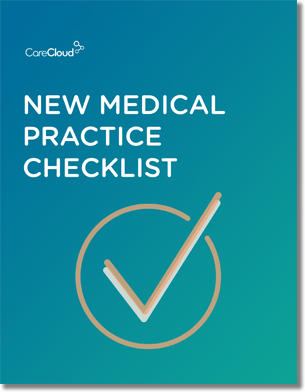The power of analytics is undeniable. The insights derived from choosing an analytics system drive business decisions – both future strategies and day-to-day operations.
Imagine what this kind of power can do for your revenue cycle. Real-time data can change the way you make adjustments and streamline your practice’s workflow by allowing claims to be worked on during every step of the process.
Want to learn more? Power Your Practice presents the fourth of ten steps to successfully implement an analytics system at your medical practice. Today we’re covering revenue cycles, and how analytics allow more in-depth workflows.
Enable Your Entire Revenue Cycle
Real-time analytics can streamline the payment process from start to finish for your practice. With a comprehensive business intelligence system, you can track, measure and manage every aspect of your business from appointment scheduling to collections on a single screen. Seeing the entire picture of your practice’s financials will give you valuable insights to simplify the business activity and maximize profits.
Waiting until the end of the month or quarter to review reports and make the appropriate adjustments is a reactive improvement strategy that will make it difficult to optimize your business to its maximum potential. Actionable analytics give you data that can be used proactively to improve your revenue cycle in real-time.
Fully integrated practice management, revenue cycle management, electronic health record (EHR), and analytics system will streamline your organization’s workflow by allowing claims to be worked from start to finish, compared to EOBs and compiled into easy-to-read reports in a single place.
The ability to track and manage denials, charges and payments in real-time will give your business the tools to implement daily aging of receivables, identify seasonal trends instantly, and compare short- and long-term reports for complete financial transparency.
The capacity to compare and contrast weekly, daily or hourly reports will allow your staff to spot things like denial trends in real-time and optimize the revenue cycle instantly. The ability to utilize up-to-the-minute denial data allows for claims to be submitted according to the most current payer rules available to decrease denials, improve first pass resolution rate and increase profits.
Consider the complexity of accounts receivable management in medical billing and imagine getting a clearer picture of this process. Getting better visibility into this one aspect of your practice can help you identify where your money is today, what your cash flow will look like next month, and provide more accurate forecasting and budgeting for years to come.
Ultimately, utilizing real-time analytics to optimize your revenue cycle will help your organization understand why money is outstanding, create a strategy to collect it, and prevent money from slipping through the cracks.
Next week, we’ll go over how to identify whether your patients come from physician referrals or marketing campaigns.

Do you know what you need when setting up a new medical practice?



